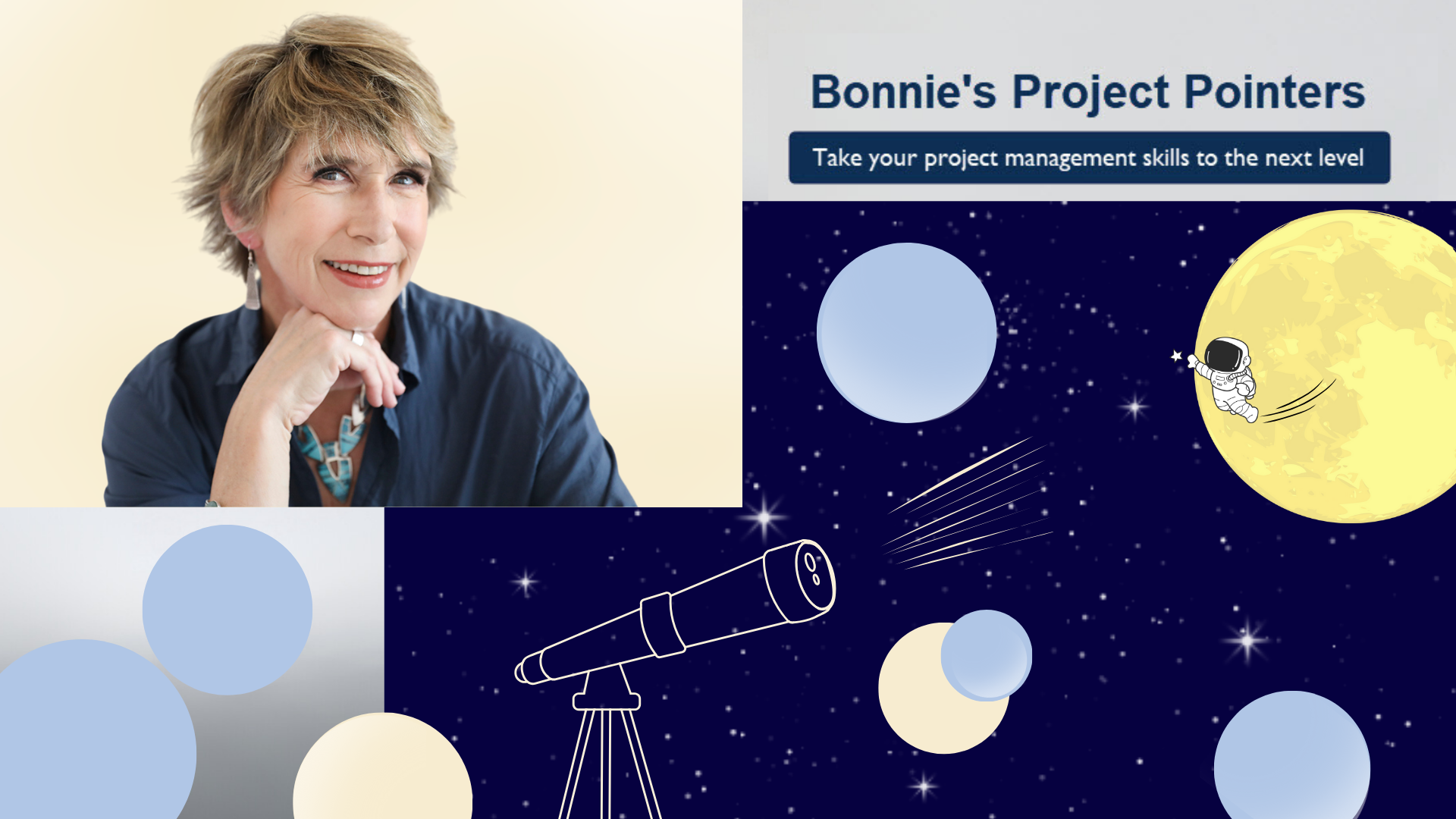Project methodology considerations
 Choosing the right methodology for your project is crucial for success. Agile methods are effective when iterative development is suitable for the product, capable technical team members are available, and access to client stakeholders is assured. But other considerations may affect which methodology you choose.
Choosing the right methodology for your project is crucial for success. Agile methods are effective when iterative development is suitable for the product, capable technical team members are available, and access to client stakeholders is assured. But other considerations may affect which methodology you choose.
- Do specific milestones have to be met? Consider a project’s date-driven key process indicators (KPIs) when selecting a methodology. The flexibility and adaptability of Agile projects is meant to support iterative KPIs to measure progress, focusing on incremental improvements. On the other hand, structured waterfall projects are more suitable for milestone-based KPIs, when an agreed set of pre-defined objectives must be achieved by a specific date. Agile can be used to deliver milestone-based KPIs. However, when specific and detailed requirements are in place, stakeholders are less likely to want to participate in project development to the degree that agile requires. If stakeholders aren’t committed, waterfall is the best approach, especially in larger organizations that often are reluctant to assign key operational personnel to longer-term projects. Waterfall methodology is also a better approach for industries or projects that have specific regulatory or compliance milestone requirements that require a more structured and documented approach.
- Is the project complex? Complex projects benefit from a waterfall approach, especially those with interdependencies between numerous internal groups or external entities. Planning interactions and timeframe commitments must be carefully structured and agreed upon beforehand. The fluid nature of agile can make these inter-organizational interactions challenging. Less complex projects, with few internal interactions, are more suited to agile, given its flexibility and short-term delivery mindset.
- Are there many assumptions associated with the project? Project justifications that rely on many assumptions — or assumptions tied to crucial aspects of the business –are more suitable for agile because it promotes learning and iterative improvement. Risks are reduced via quick prototype features built to validate assumptions, diminish risks, and confirm suitability for business processes and outcome generation. A waterfall approach when many assumptions go into a project justification introduces risks that aren’t likely to be resolved in the short-term.
- Is the project aligned with strategic or shorter team goals? Projects aligned with long-term strategic plans might favor a waterfall approach, because they must produce more extensive, non-flexible objectives. In contrast, agile is ideal for addressing shorter-term changing market conditions and achieving quick wins from a cost or productivity standpoint.
Have you used other considerations to choose between methodologies? What happens if the company wants to force a methodology that doesn’t suit your project? Share your experiences with us in the comments section.
For more about methodologies, check out my Project Management Foundations course.
_______________________________________
This article belongs to the Bonnie’s Project Pointers newsletter series, which has more than 83,000 subscribers. This newsletter is 100% written by a human (no aliens or AIs involved). If you like this article, you can subscribe to receive notifications when a new article posts.
Want to learn more about the topics I talk about in these newsletters? Watch my courses in the LinkedIn Learning Library and tune into my LinkedIn Office Hours live broadcasts.









